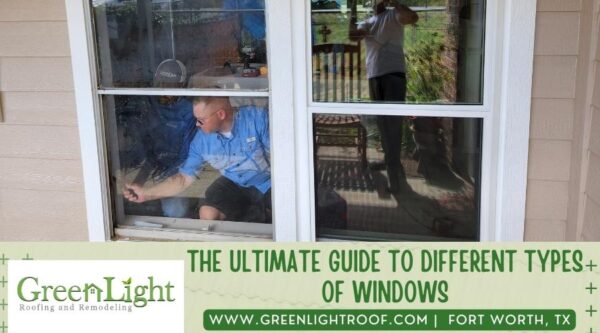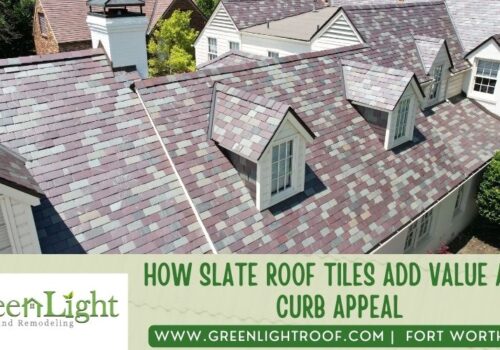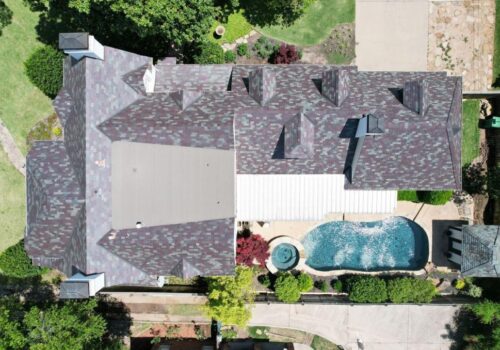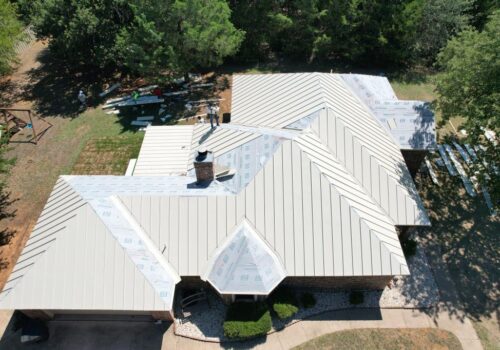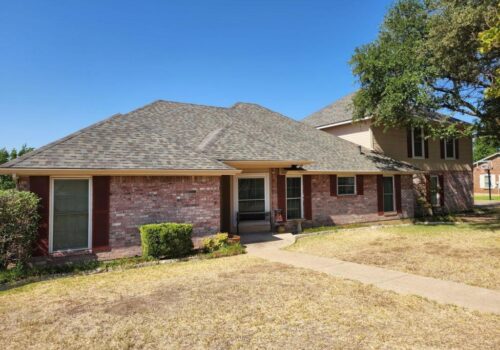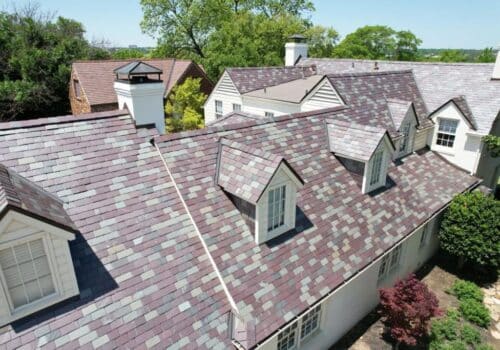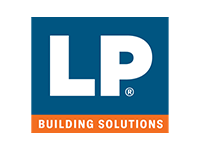Welcome to the ultimate guide that will help you navigate the world of Windows. Whether you're renovating your home or constructing a new one, understanding the different types of windows available is crucial. When you need a window installation, there are various factors to consider. Windows do more than simply provide natural light and ventilation; they also significantly impact energy efficiency, security, and overall aesthetics. In this comprehensive guide, we will delve into the various types of windows, explore energy efficiency considerations and security features, discuss window materials, styles, and customization options, and provide maintenance tips.
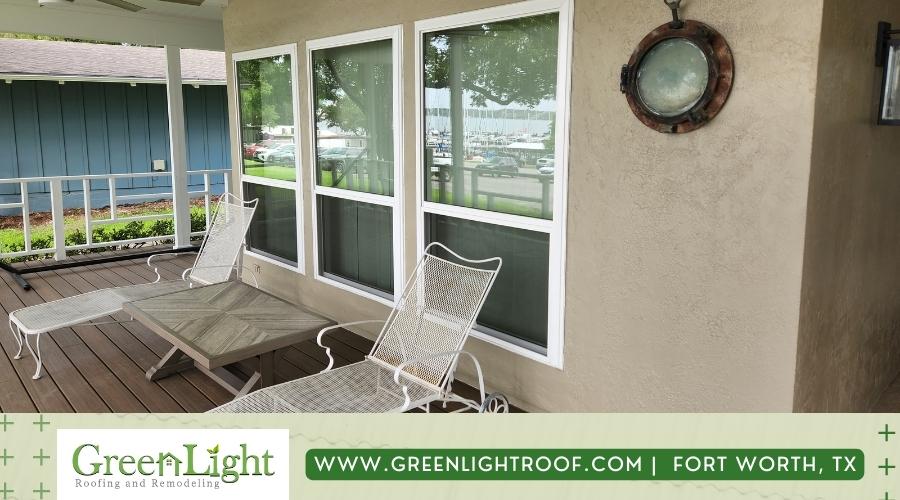
Understanding Types Of Windows
- Single-Hung Windows
Single-hung windows consist of two sashes, but only the bottom sash is operable. They are cost-effective and provide a classic look, making them a popular choice for traditional homes.
- Double-Hung Windows
Double-hung windows feature two operable sashes, allowing both the top and bottom portions to open. This design offers excellent ventilation options and easy cleaning.
- Casement Windows
Casement windows are hinged on one side and open outward like a door. They provide unobstructed views, excellent ventilation, and a tight seal when closed, making them energy-efficient.
- Awning Windows
Awning windows are similar to casement windows but hinged at the top. They open outward and create an awning-like effect, allowing for ventilation even during light rain.
- Slider Windows
Slider windows have one or more operable sashes that glide horizontally along a track. They are easy to operate, provide wide views, and are ideal for modern or contemporary homes.
- Picture Windows
Picture windows are large, fixed windows designed to maximize views and natural light. They don't open but provide a stunning focal point in any room.
- Bay Windows
Bay windows extend outward from the main structure of the building, creating a small alcove inside. They often consist of a central picture window flanked by two smaller windows at an angle. Bay windows enhance the aesthetics of both the interior and exterior of a home.
- Bow Windows
Similar to bay windows, bow windows also extend outward from the main structure. However, bow windows typically have four or more equally sized windows, creating a curved shape. They add a touch of elegance and allow for a panoramic view.
- Skylight Windows
Skylight windows are installed on the roof or ceiling, allowing natural light to illuminate the space below. They bring in additional light and create a unique architectural feature, perfect for areas like attics or rooms with limited wall space.
Energy Efficiency
Energy efficiency is a crucial consideration when choosing windows. Here are some factors to keep in mind:
Low-E Glass
Low-emissivity (Low-E) glass has a microscopically thin coating that reflects heat. It helps regulate indoor temperature by reducing heat gain during hot seasons and heat loss during cold seasons.
Double or Triple Glazing
Windows with double or triple-glazing feature multiple panes of glass separated by an insulating layer of air or gas. This construction enhances thermal insulation, reduces noise transmission, and improves energy efficiency.
Gas Fills
Some windows have argon or krypton gas fills between the panes. These gases provide better insulation than air, further improving the energy efficiency of the windows.
Insulating Frames
Window frames made from materials with good insulating properties, such as vinyl or fiberglass, help prevent heat transfer and improve energy efficiency.
Security Features
Ensuring the security of your home is paramount. Consider the following security features when selecting Windows:
- Window Locks
High-quality window locks are essential for securing your home. Look for windows with multi-point locking systems and robust lock mechanisms.
- Laminated Glass
Laminated glass consists of multiple layers of glass with a protective interlayer. It is highly resistant to breakage, providing added security and protection against intruders.
- Impact-Resistant Windows
If you live in an area prone to severe weather conditions, consider impact-resistant windows. These windows are designed to withstand strong winds, flying debris, and potential impact, offering increased safety and peace of mind.
Window Materials of Any Types Of Windows
Windows are made from various materials, each with its own characteristics and benefits:
- Wood Windows
Wood windows offer a timeless, natural look and excellent insulation properties. They can be customized with various finishes and are suitable for traditional or historic homes.
- Vinyl Windows
Vinyl windows are known for their durability, low maintenance requirements, and energy efficiency. They are available in a wide range of styles and colors, making them a versatile choice.
- Aluminum Windows
Aluminum windows are lightweight, strong, and resistant to corrosion. They are commonly used in modern or contemporary architectural designs and offer a sleek appearance.
- Fiberglass Windows
Fiberglass windows combine strength and durability with excellent thermal performance. They can mimic the look of traditional materials like wood while offering superior longevity.
Window Styles
Windows come in different styles, allowing you to choose the one that suits your aesthetic preferences:
Traditional Windows
Traditional windows, such as single-hung or double-hung windows, are characterized by their timeless design and classic appeal. They are often seen in colonial or Victorian-style homes.
Modern Windows
Modern windows feature clean lines, minimalistic window frames, and expansive glass areas. They are popular in contemporary and modern architectural styles, providing a sleek and sophisticated look.
Customizing Options
When selecting Windows, you have various customization options available:
Window Colors
Many window manufacturers offer a wide range of color options to match your home's exterior or interior decor. From classic whites to bold hues, you can choose the color that best complements your style.
Hardware Finishes
The hardware finishes on your windows, such as handles, locks, and hinges, can add a touch of elegance and enhance the overall aesthetic. Popular finishes include brushed nickel, bronze, and chrome.
Grid Patterns
Grid patterns, also known as window grilles or muntins, can be added to the glass surface to create a specific architectural style. Whether you prefer traditional grids or modern, gridless designs, there are options to suit every preference.
Maintenance and Cleaning for Any Types Of Windows
Proper maintenance and cleaning are essential to keep your windows in optimal condition. Here are some tips to consider:
- Regularly clean the glass using a mild detergent or window cleaner and a soft cloth or squeegee.
- Inspect the window frames for any signs of damage or wear, and address them promptly to prevent further issues.
- Lubricate moving parts, such as hinges and locks, to ensure smooth operation.
- Keep the window tracks clear of debris to prevent interference with the opening and closing mechanism.

Choosing the Right Windows
Choosing the right windows for your home involves considering various factors:
- Assess your specific needs, such as energy efficiency, security, and aesthetic preferences.
- Consider the climate in your area and choose windows that provide adequate insulation and weather resistance.
- Evaluate your budget and explore different window options that offer the best value for your investment.
- Consult with window professionals or window contractors to get expert advice and recommendations.
Top-notch Installation of a Variety of Window Types to Elevate Your Living Space
At GreenLight Roofing and Remodeling, we understand the significance of having the perfect windows to complement your home's aesthetics and functionality. Our top-notch window installation services in Fort Worth encompass a diverse range of window types, catering to your unique preferences and needs. Whether you seek enhanced energy efficiency, increased natural light, or improved ventilation, we have the expertise and experience to transform your living space. Trust in our skilled team to deliver impeccable craftsmanship, premium materials, and a seamless installation process, ensuring that your home's beauty and comfort reach new heights. Upgrade your living space today with GreenLight GreenLight Roofing and Remodeling's exceptional window installation services, and experience the difference for yourself. Your dream home is just a call away!
Frequently Asked Questions
How long do windows typically last?
The lifespan of windows can vary depending on the materials, installation quality, and maintenance. However, well-maintained windows can last for 20 to 30 years or even longer.
Can I replace my windows myself, or should I hire a professional?
While some individuals with DIY experience may choose to replace windows themselves, it is generally recommended to hire professional window services in Fort Worth, TX for proper installation. This ensures that the windows are correctly fitted and sealed, maximizing their performance and energy efficiency.
Are there any government incentives for installing energy-efficient windows?
Yes, in many countries, there are government programs and incentives that encourage energy-efficient home improvements, including window replacements. Check with your local authorities or energy efficiency programs to see if you qualify for any rebates or tax credits.
Can I mix different window styles in my home?
Absolutely! Mixing different window styles can add visual interest and architectural appeal to your home. Just make sure the styles complement each other and suit the overall design aesthetic.
How often should I clean my windows?
It's a good practice to clean your windows at least twice a year, preferably in spring and fall. However, you may need to clean them more frequently if they are exposed to heavy dust, pollen, or environmental factors that result in dirt buildup.

